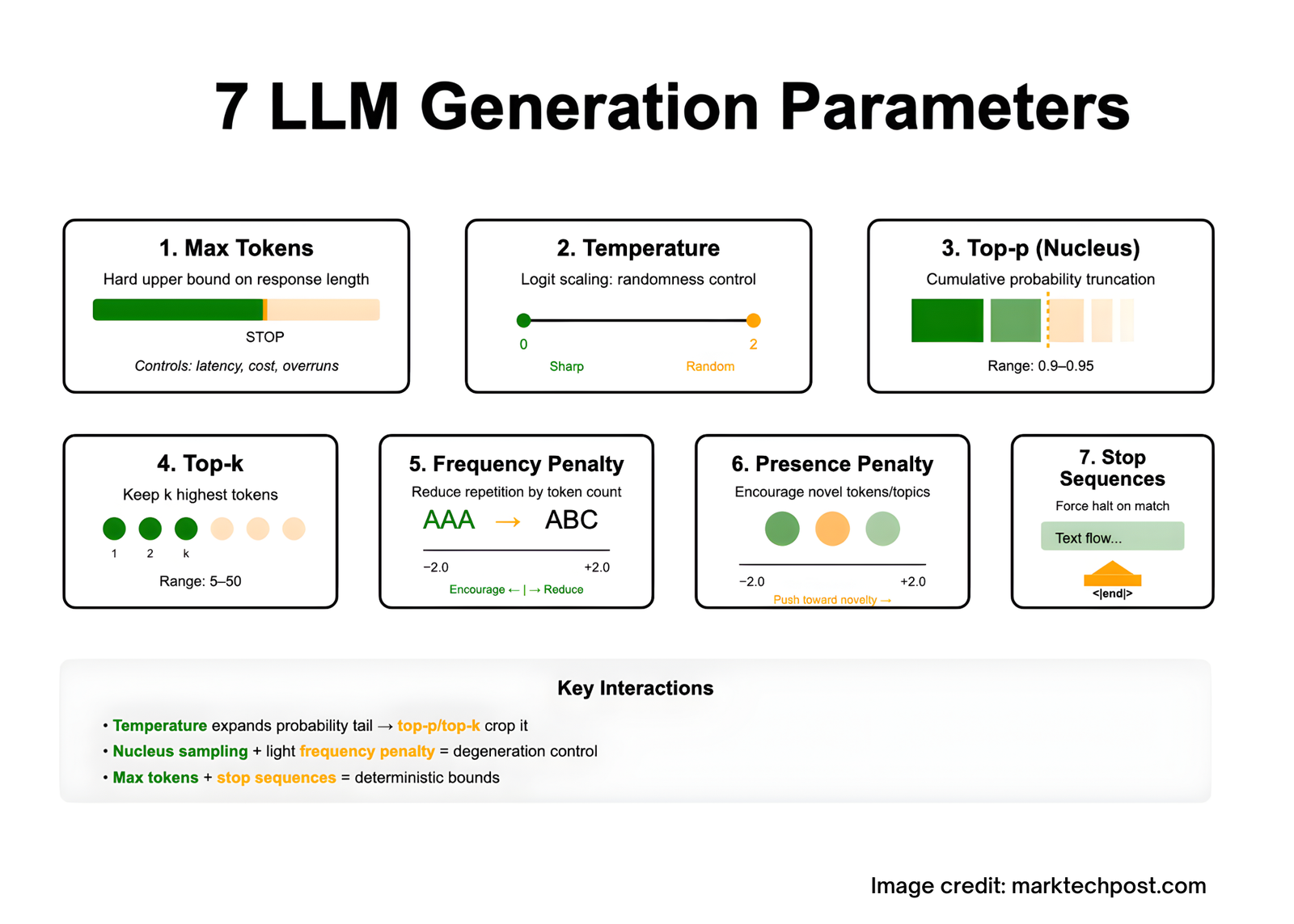Closing Payment Channels
Closing payment channels can be done through mutual closing, unilateral closing, or revocable closing. Mutual closing involves both parties agreeing to close the channel and broadcast a final transaction to the blockchain. Unilateral closing allows one party to close the channel without agreement from the other party by broadcasting a transaction that reflects the latest balance of the channel. Revocable closing is used when one party becomes unresponsive for an extended period, and it allows the other party to reclaim their funds after an inactivity timeout.
Channel capacity also plays a role in deciding how best to close a payment channel. If you have exhausted your channel capacity, then mutual closing may be necessary as it ensures that all funds are returned back to each user’s wallet address on-chain. On the other hand, if there is still some unused capacity left in the channel, then unilateral or revocable closure would be more appropriate.
Closing payment channels is just one aspect of using them effectively. The use of hashed time-locked contracts (HTLCs) helps enable payments to be routed across multiple payment channels securely using cryptographic hash functions.
This feature will allow you even more flexibility when managing your funds within these lightning-fast networks.
Hashed Time-Locked Contracts (HTLCs)
HTLCs allow for atomic swaps and routing payments through multiple payment channels using cryptographic hash functions. This means that funds are not directly sent from one party to another, but instead locked in a contract until certain conditions are met.
HTLC security is derived from the use of time locks and hash functions. Parties must reveal a pre-image of the hash function within a specified timeframe to claim their funds, otherwise they forfeit them. This ensures that intermediaries cannot steal or hold funds hostage during the routing process.
Cross chain compatibility is also possible with HTLCs, allowing for interoperability between different blockchains.
The adoption of HTLCs in the Lightning Network has significant implications for the fee market. By allowing payments to be routed off-chain, transaction fees can be reduced and network capacity increased without compromising security.
As more users adopt payment channel networks like Lightning, we may see an inflection point where transactions over a certain value become cheaper to conduct off-chain rather than on-chain where fees are based on data size.
Implications for the Fee Market
Moving on from HTLCs, let’s explore the implications of payment channels on the fee market. Payment channels allow for off-chain transactions, which means they are not subject to network congestion and transaction fees. This could lead to a shift in how fees are calculated as more users opt for payment channels instead of on-chain transactions. Economic incentives will also play a role in this shift, as parties may be incentivized to use payment channels if it results in lower fees.
One major benefit of payment channels is increased transaction speed. Since payments can occur instantly off-chain, there is no need to wait for confirmation on the blockchain. However, this also means that there is less time for miners to compete for transaction fees, potentially leading to lower overall fees over time.
As more users adopt payment channel networks such as Lightning Network or Raiden, we may see a decrease in overall transaction fees.
It’s important to note that while payment channels have many benefits, they do come with limitations. For example, data integrity of intermediate states cannot always be ensured and liquidity of channel participants may be reduced. Additionally, new wallet software or extensions may be needed to support these protocols.
Despite these limitations, payment channels show great promise in improving scalability and reducing transaction costs on blockchains.
Frequently Asked Questions
What are the limitations of payment channels?
The scalability issues of blockchain technology can be mitigated through payment channels, but liquidity for channel participants may decrease. Off-chain micropayments may also be less trustworthy, requiring users to rely on new wallets or extensions to support the protocol.
How do payment channels ensure data integrity of intermediate states?
To ensure data integrity of intermediate states in payment channels, encryption techniques and smart contracts are used in trustless systems built on blockchain technology.
Off chain transactions allow for frequent payments without high fees or long wait times, but can pose challenges to maintaining data integrity. To address this, payment channels track micropayments and intermediate states/balances off-chain, with digitally signed transactions recorded to resolve disputes.
Smart contracts are used to settle the final balances on-chain. This ensures that the only transaction that incurs a fee is the final settlement transaction, while all other bilateral transactions occur off-chain instantaneously with high throughput and privacy.
Do payment channels require a specific type of wallet or extension to support the protocol?
We at Coinlabz view wallet compatibility as a key consideration when implementing payment channels. They require specific wallet software or extensions to support the protocol.
It’s important to ensure that wallets are compatible with the specific payment channel network being used, as well as any additional protocols such as Hashed Timelock Contracts (HTLCs) for routing payments across multiple channels. As with any new technology, there may be a learning curve for users and developers alike in understanding how payment channels work and how best to implement them securely.
Can payment channels be used for non-monetary purposes?
Payment channels have diverse use cases, beyond just monetary transactions. They offer benefits such as faster and cheaper transactions with increased privacy. Technicalities include the need for a specific type of wallet or extension to support the protocol, and potential liquidity reduction for channel participants. Another potential use case of payment channels is crypto donations.
How do payment channels affect the liquidity of channel participants?
Payment channels can have an impact on the liquidity of channel participants, particularly in payment channel network effects. Channel capacity plays a crucial role in determining the amount of liquidity available to users within a payment channel network.
The Lightning Network, for example, allows for multihop routing that enables micropayments to be sent across multiple channels. However, this requires sufficient liquidity within each connected channel to ensure successful routing and transaction completion.
Conclusion
Now that you understand the basics of payment channels, it’s important to consider their implications for the fee market.
With payment channels, fees can be drastically reduced as transactions are conducted off-chain and only two transactions need to be broadcasted to the blockchain. This means that users can save money on transaction fees and make micropayments with ease.
According to a recent report by CoinMetrics, the Lightning Network has seen significant growth in 2020, with more than 16,000 nodes and over 1,000 Bitcoin capacity. This indicates a growing interest in payment channels as a solution to scalability issues in blockchain technology.
As more users adopt payment channels, we may see a shift towards lower transaction fees and faster transaction speeds across decentralized networks. It’s an exciting time for innovation in blockchain technology and payment channels are just one example of how developers are working towards improving the user experience.



